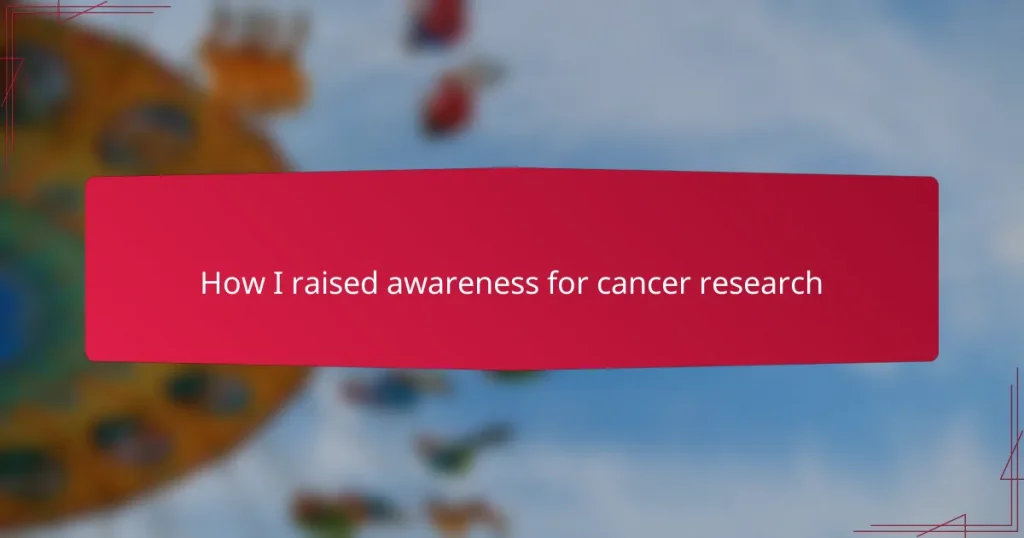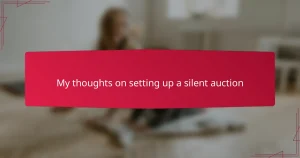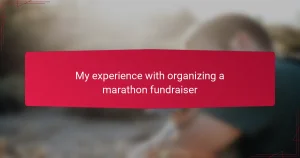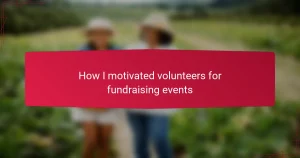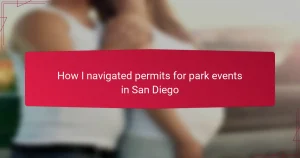Key takeaways
- Understanding cancer research is essential for fostering community support and enhancing quality of life for patients.
- Family fundraising in San Diego emphasizes personal connections, turning events into meaningful gatherings that unite community members.
- Effective engagement strategies include personal storytelling, community events, and targeted social media outreach to maintain interest and support.
- Measuring impact and creating partnerships with local organizations can significantly expand outreach and strengthen future fundraising efforts.
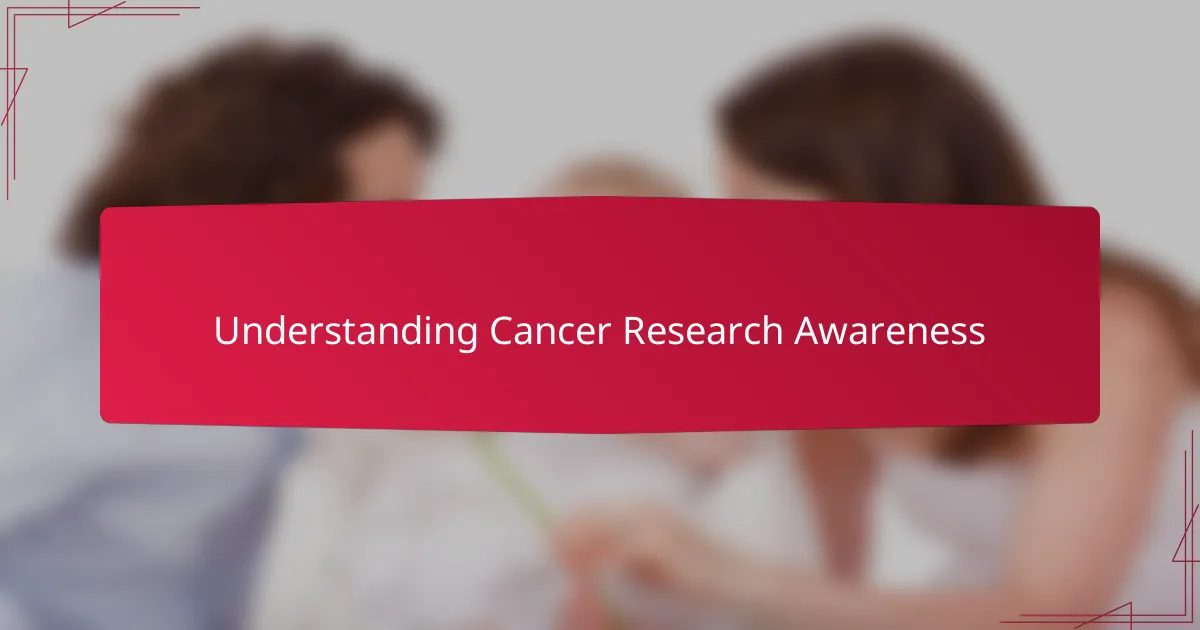
Understanding Cancer Research Awareness
Understanding cancer research awareness is crucial because it opens people’s eyes to the real challenges faced by those battling cancer and the scientists working tirelessly to find better treatments. When I first got involved, I realized many in my community didn’t grasp how complex and vital this research is—it’s not just about finding a cure but improving quality of life. Sharing these insights sparked heartfelt conversations and motivated more families to join fundraising efforts.
| Aspect | Impact on Awareness |
|---|---|
| Scientific Complexity | People often underestimate how intricate cancer research is, leading to oversimplified views; raising awareness helps deepen understanding and support. |
| Community Connection | Personal stories, like those from my family, bring emotional weight that makes the cause relatable and inspires action. |
| Quality of Life Focus | Highlighting how research improves daily life, not just survival rates, broadens the conversation and resonates with a wider audience. |
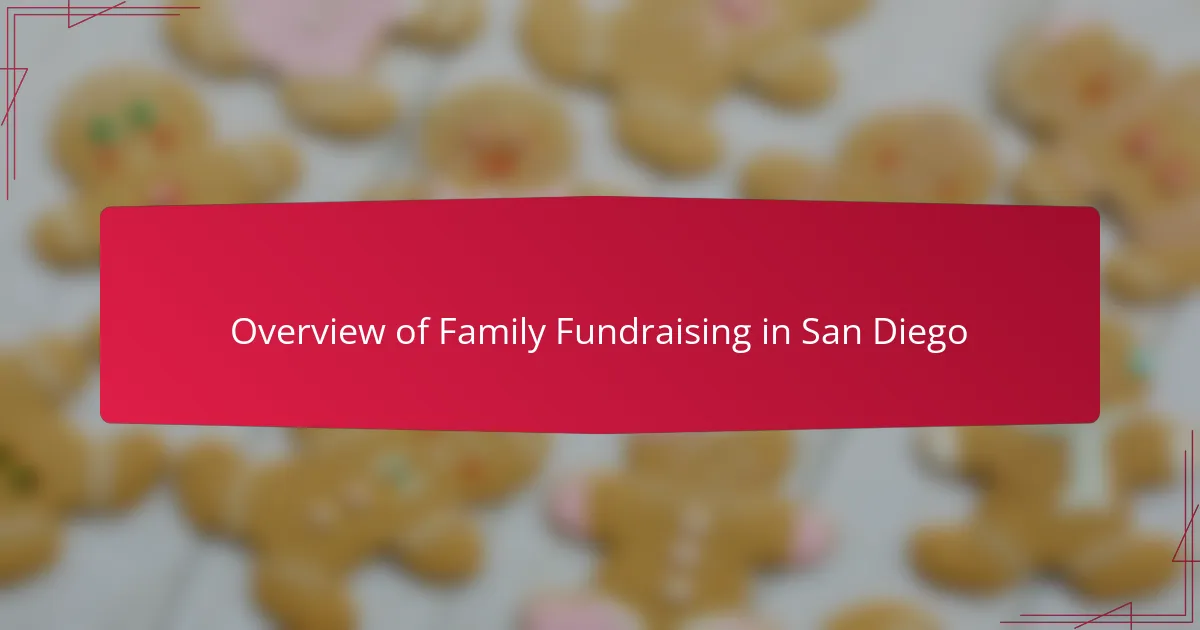
Overview of Family Fundraising in San Diego
San Diego’s families have a unique way of coming together for causes that hit close to home, especially when it involves health and well-being. From neighborhood block parties to coordinated online campaigns, I’ve witnessed firsthand how deeply personal stories fuel the passion behind these fundraising events. It makes me wonder—what is it about family involvement that creates such a powerful ripple effect across the community?
In my experience, family fundraising in San Diego isn’t just about collecting donations; it’s about creating lasting connections and shared purpose. When relatives unite with friends to host bake sales or charity runs, the energy builds and the message spreads far beyond immediate circles. This collective spirit transforms ordinary gatherings into meaningful opportunities for awareness and support.
One moment that sticks with me is when my family hosted a small fundraiser in our backyard, and neighbors we barely knew came through with donations and encouragement. It reminded me that in San Diego, family fundraising transcends biology—it’s about the bonds we choose to build around a cause that matters. Have you noticed how these efforts often foster new friendships as strongly as they fuel the mission?
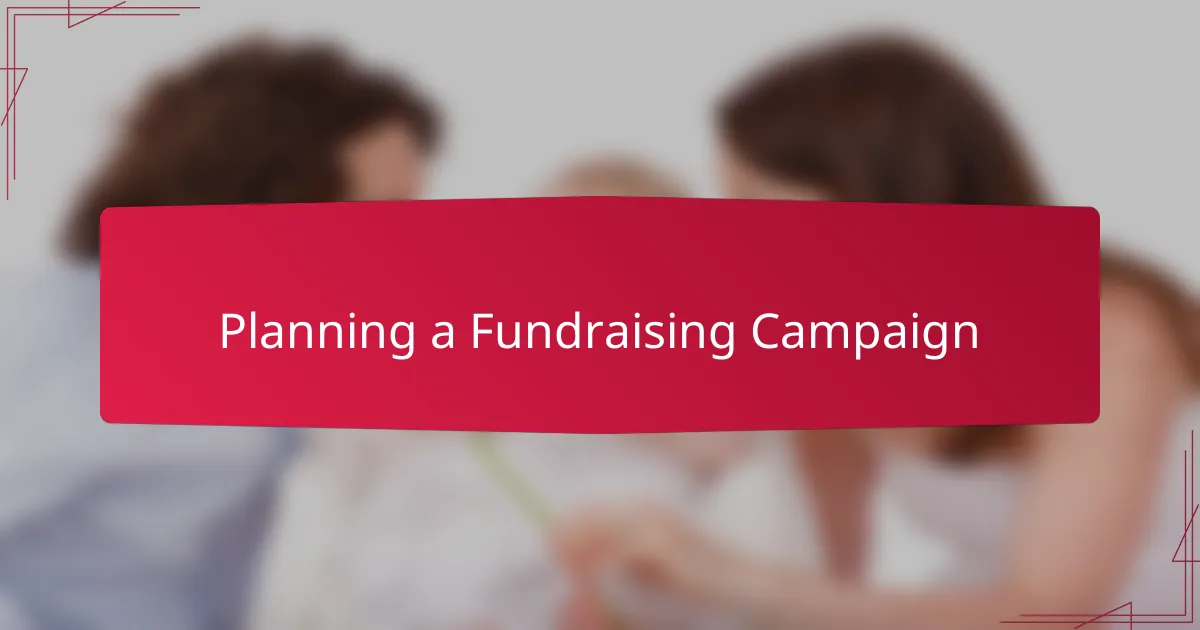
Planning a Fundraising Campaign
Planning a fundraising campaign starts with setting clear, achievable goals that not only outline what you want to raise but also why it matters, both to you and your community. When I planned my first campaign, I focused on sharing a personal story that connected people emotionally—it made all the difference in turning strangers into committed supporters. Have you ever noticed how a well-defined purpose can transform a simple ask into a shared mission?
Next, organizing the logistics requires attention to detail, from choosing the right venue to selecting dates that work best for your target audience. I found that involving family members early on helped distribute tasks and brought diverse ideas to the table, making planning smoother and more collaborative. Doesn’t it feel more rewarding when everyone pitches in and you see the campaign taking shape together?
Finally, crafting your message with honesty and clarity is key to raising awareness alongside funds. In my experience, combining factual information with heartfelt testimonials created a compelling narrative that inspired more contributions than I expected. What kind of story do you think resonates best with your community? For me, it’s the kind that invites people to be part of something bigger than themselves.
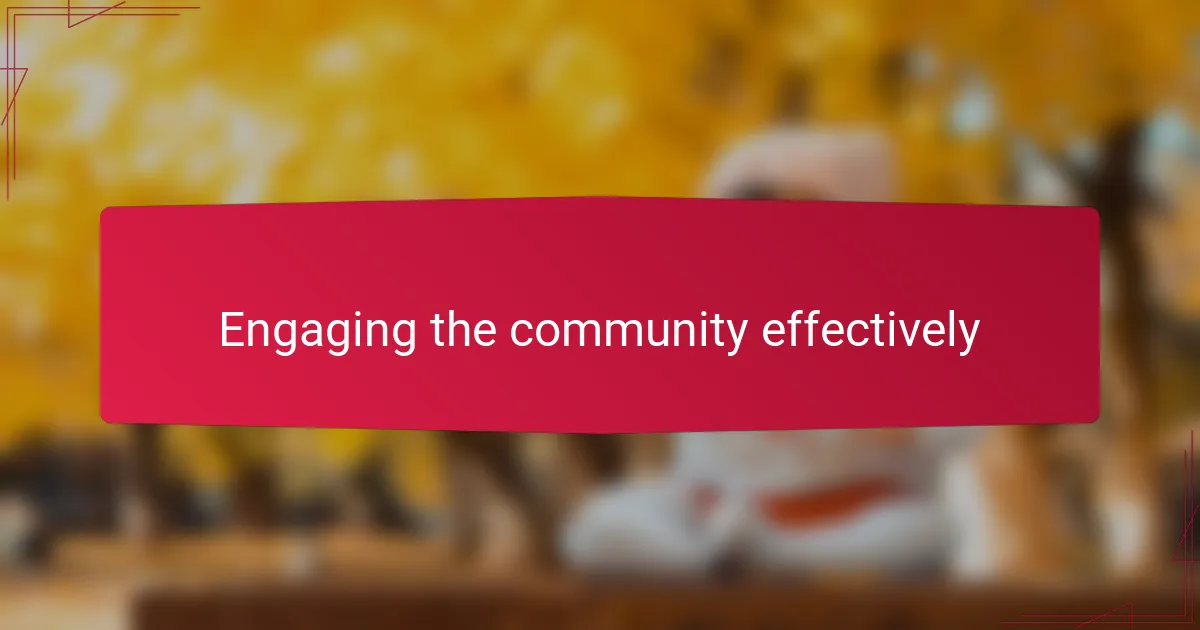
Engaging the Community Effectively
Engaging the community effectively was a turning point in my fundraising journey. I found that personal stories resonate deeply; sharing moments from my family’s experience made people feel connected and motivated to help. I noticed that face-to-face interactions sparked more genuine support compared to digital outreach alone.
| Engagement Method | Impact |
|---|---|
| Personal Storytelling | Built strong emotional connections; encouraged heartfelt donations |
| Community Events | Created opportunities for direct involvement; boosted local support |
| Social Media Outreach | Raised broad awareness quickly; needed follow-up for sustained engagement |
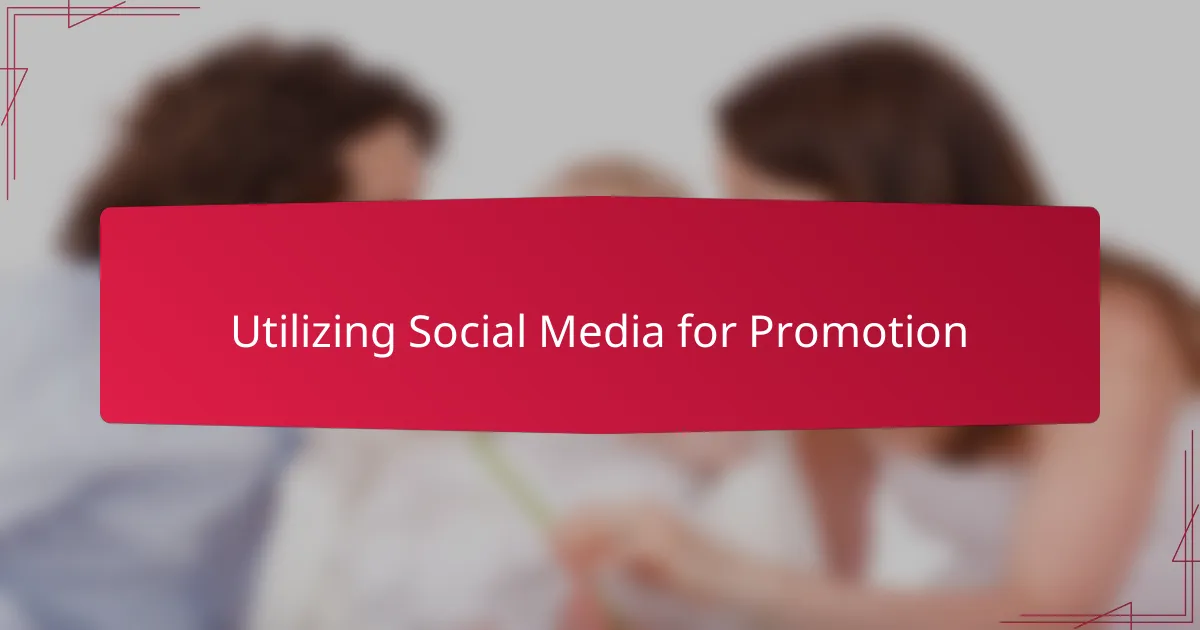
Utilizing Social Media for Promotion
Social media became my most powerful tool in spreading the word about cancer research. I found that sharing personal stories and regular updates on platforms like Facebook and Instagram helped connect deeply with people. Once, a simple post about my family’s journey sparked a wave of support that truly surprised me.
Here are some strategies that worked well for me:
- Posting heartfelt stories to create emotional engagement
- Using hashtags related to cancer research to reach a wider audience
- Sharing progress updates and fundraising milestones to keep momentum
- Engaging followers by responding to comments and messages personally
- Collaborating with local influencers to amplify the message
- Creating visually appealing content, like photos and videos, to capture attention
- Scheduling consistent posts to maintain visibility and interest
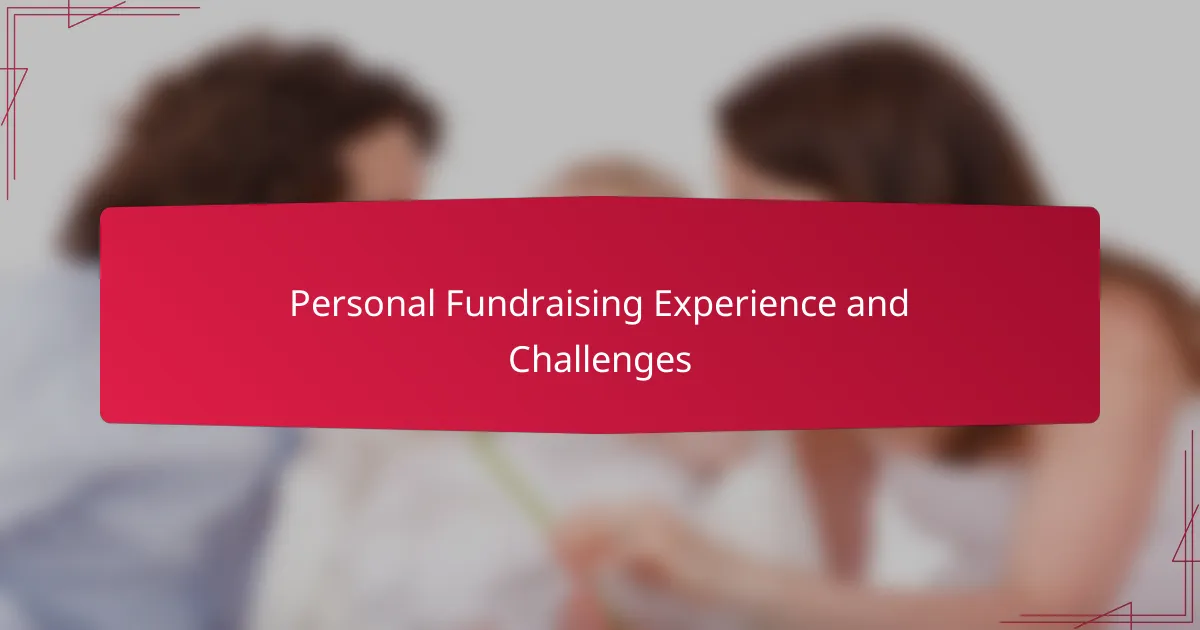
Personal Fundraising Experience and Challenges
Raising awareness for cancer research through family fundraising in San Diego was both rewarding and challenging. I found that sharing my personal connection to the cause—a close family member’s battle with cancer—helped people relate and feel motivated to contribute. However, balancing emotional vulnerability with the practicalities of organizing events was a delicate task.
One challenge I encountered was maintaining momentum over time. Initial enthusiasm often waned, and I had to continuously come up with fresh ideas to keep the community engaged and informed. This experience taught me the importance of clear communication and persistence in advocacy work.
- Opening up about my family’s cancer journey created genuine connections with donors
- Coordinating events around busy family schedules required flexible planning
- Overcoming donor fatigue meant regularly updating supporters with new stories and progress
- Leveraging local San Diego community groups helped expand outreach
- Emotional highs and lows underscored the need for self-care during fundraising efforts
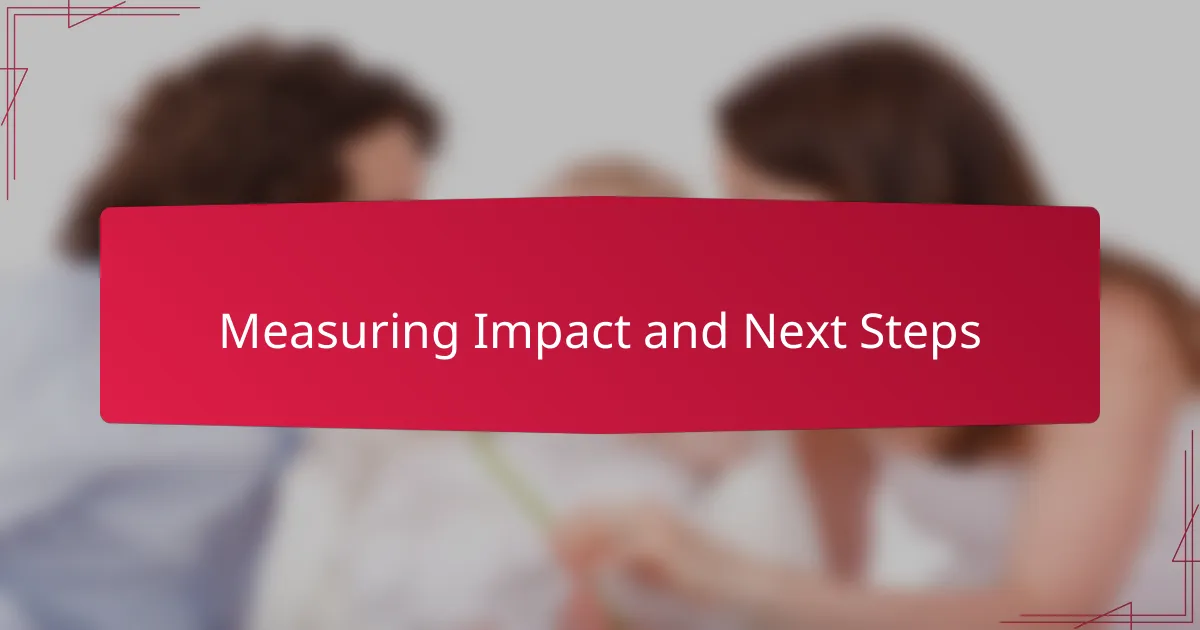
Measuring Impact and Next Steps
Tracking the impact of my efforts gave me a deep sense of accomplishment and a clearer picture of how every action contributed to the larger goal. For example, seeing the number of donations and shares on social media grow week by week made the cause feel more tangible and reminded me that raising awareness is truly a collective effort.
Looking ahead, I’m committed to building on this momentum by expanding our outreach to local schools and businesses in San Diego, encouraging even more families to get involved. Here are some practical next steps I’ve identified based on what worked and what could improve:
- Strengthen partnerships with community organizations to reach a wider audience
- Launch interactive virtual events to engage younger generations
- Create follow-up campaigns to keep supporters informed and motivated
- Utilize feedback from participants to tailor future fundraising activities
- Track metrics more closely to identify the most impactful strategies and areas needing adjustment
